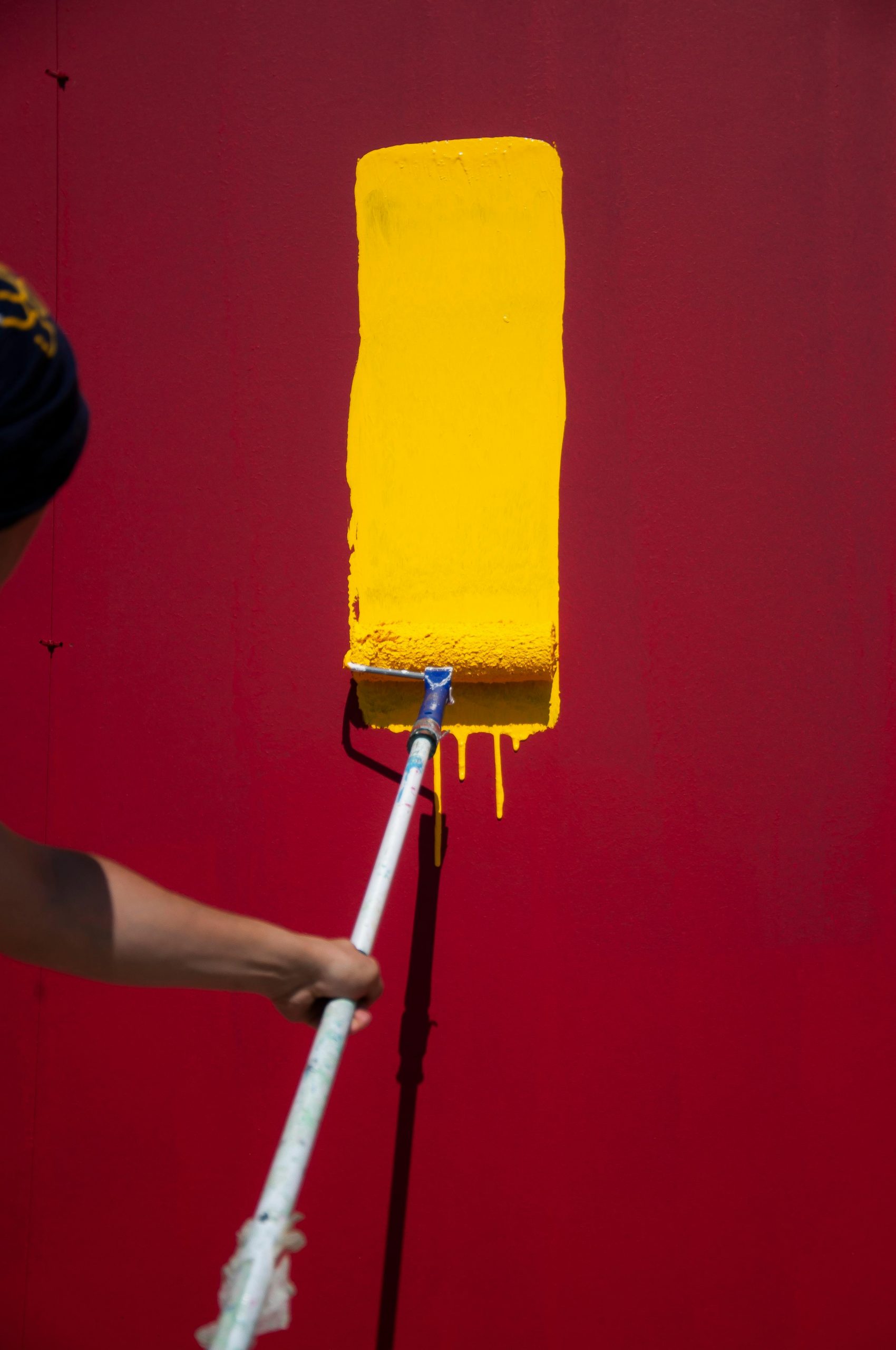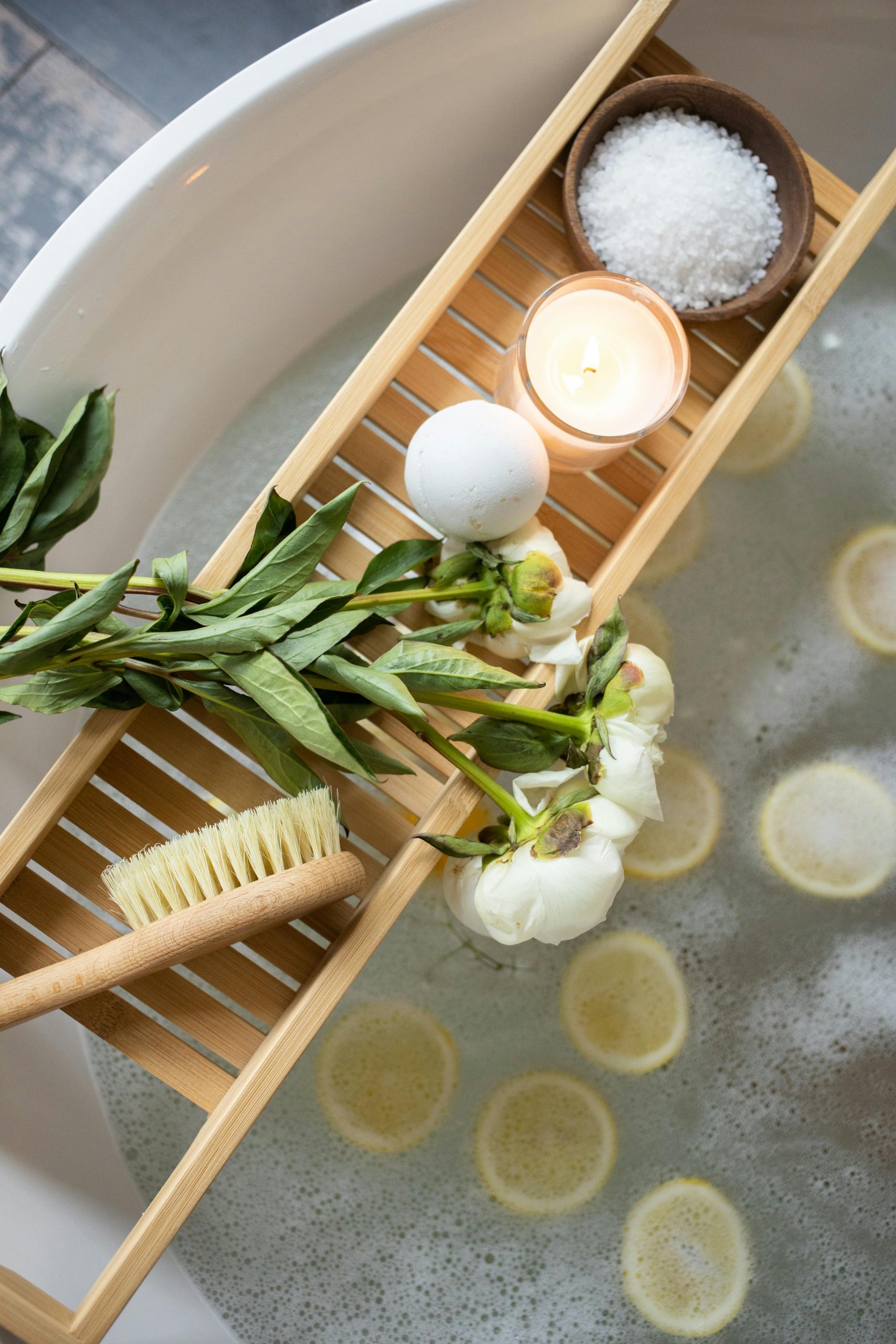Introduction to Color Psychology in Interior Design
Colors are not just visual elements of our surroundings – they have the power to influence our emotions, behavior, and energy. When we enter a room, we often react subconsciously to the colors that surround us. That’s why color psychology in interior design is a key discipline in modern home design.
Science shows that certain shades can improve our mood, stimulate creativity, calm anxiety, or even increase productivity. When applied to the choice of rugs, this knowledge can transform the entire atmosphere of a space.
Why Is Color Psychology in Interior Design Important?
Color psychology in interior design is not just an aesthetic consideration but a scientifically grounded approach to creating a pleasant atmosphere.
Mental well-being:Soothing colors can reduce stress levels and improve sleep quality.
Home atmosphere:The right rug color can make a room feel warmer, more cheerful, or more elegant, depending on the residents’ needs.
That’s why the rug — though often underestimated — plays a significant role in the psychological experience of a space.
The Rug as a Key Decorative Element
A rug is not just a functional part of the furniture — it’s the central accent of the interior. Its color, texture, and size influence how a space is perceived and help create its emotional framework.
- More than décor:A rug visually connects the furniture and walls into a cohesive whole.
- Psychological impact:The color of the rug can enhance the feeling of warmth, spaciousness, or intimacy in a room.
For example, a darker rug in the living room creates a sense of coziness, while a lighter one brings in airiness and openness.
Psychological Effects of Warm Colors in Interior Design
Warm tones are known for encouraging energy and sociability. When used in rug colors, they can completely change the dynamics of a room:
- Red:A symbol of passion and strength; recommended for smaller rooms where you want an extra boost of energy.
- Orange:Creates a sense of warmth and connection; an excellent choice for living rooms or social areas.
- Yellow:Awakens optimism and creativity; ideal for workspaces or areas where inspiration is needed.
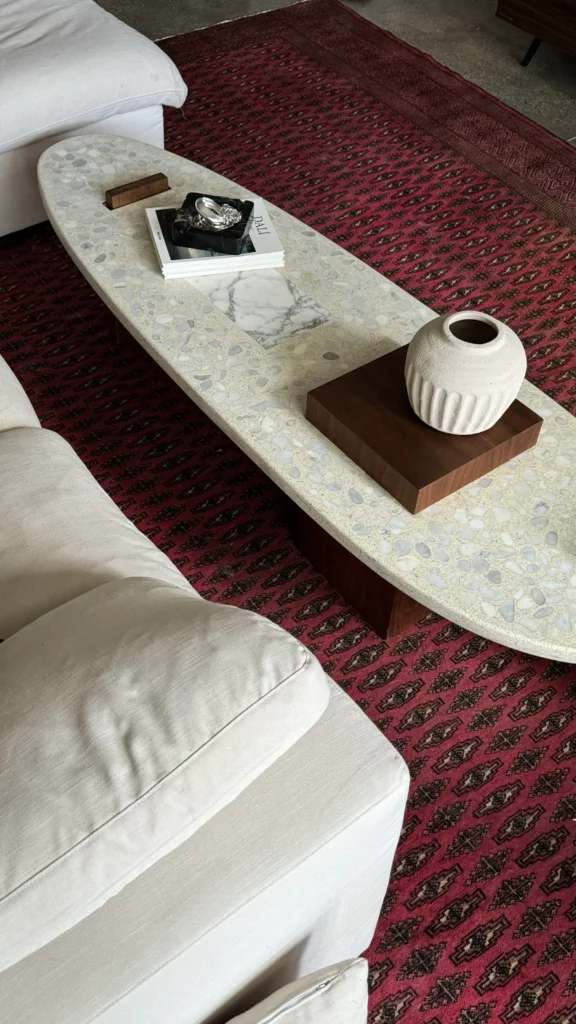
Psychological Effects of Cool Colors in Interior Design
Cool colors bring calm, stability, and a sense of harmony. They are ideal for spaces meant for rest and relaxation.
- Blue:Reduces stress and builds trust; often used in bedrooms.
- Green:Symbolizes nature, balance, and health; great for areas where you want peace and harmony.
- Purple:Evokes feelings of luxury and introspection; suitable for interiors with an artistic touch.
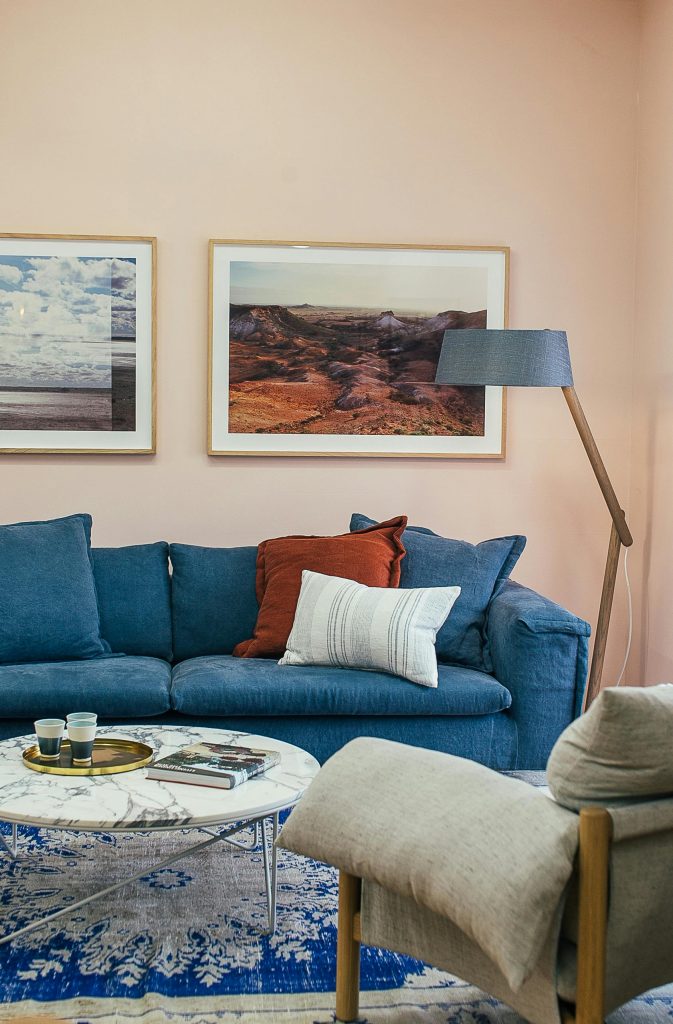
Neutral Colors in Interior Psychology
Neutral colors are often used as the foundation of design because they create balance and combine easily with other shades. When applied to rugs, they can have various psychological effects:
- Black:Associated with strength and luxury. A black rug can add a touch of drama but should be used carefully to avoid overwhelming the space.
- Gray:A symbol of seriousness and elegance. It can add sophistication to a room, though too much gray may feel cold.
- Beige and White:Create a sense of cleanliness and spaciousness. Ideal for smaller spaces as they visually expand the room.
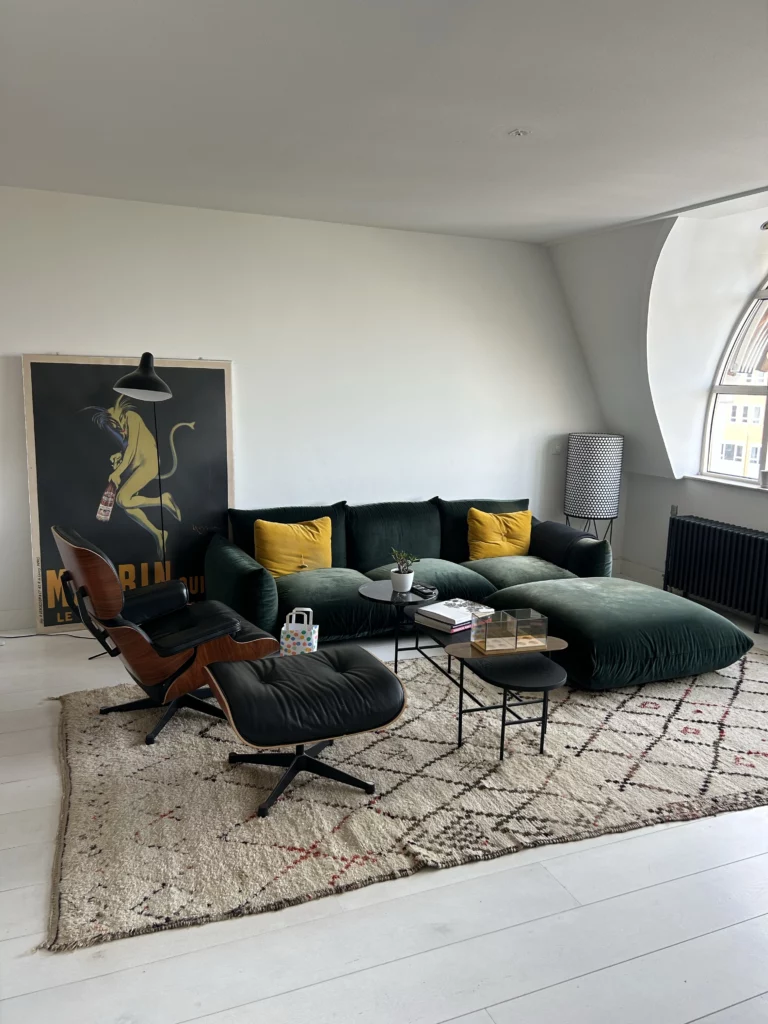
How to Choose a Rug Based on the Room’s Function
The color choice of a rug also depends on the function of the room itself:
Living Room:Choose warm tones (orange, red) to create warmth and encourage social interaction, or neutral tones if you prefer a calmer look.
Bedroom:Cool shades such as blue and green promote peace and relaxation, helping improve rest quality.
Office or Workspace:Yellow and light green can boost creativity, while blue supports focus and concentration.
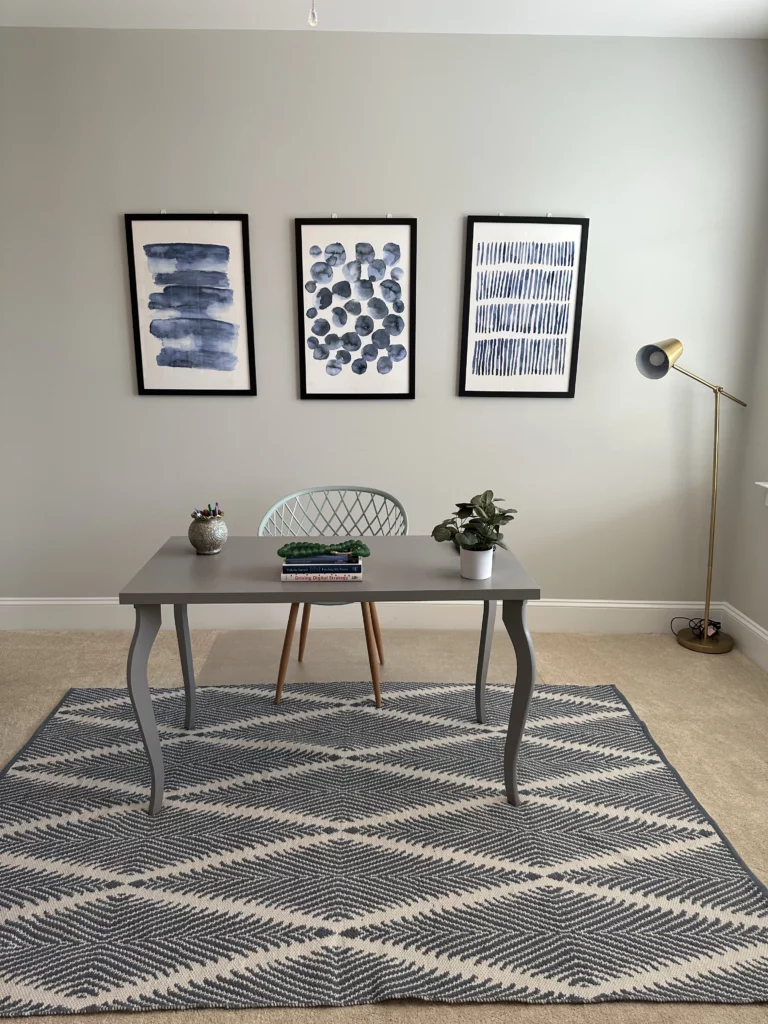
Combining Rug Colors with Furniture and Walls
The color of the rug should complement the overall interior design. Here are a few key guidelines:
- Contrast Rule:If the walls are light, a darker rug adds depth and visual interest.
- Tone-on-Tone Combinations:Using similar shades (e.g., a beige rug with cream walls) creates a calm and harmonious atmosphere.
- Psychological Color Balance:Combine one dominant color with neutral tones to keep the space from feeling overwhelming.
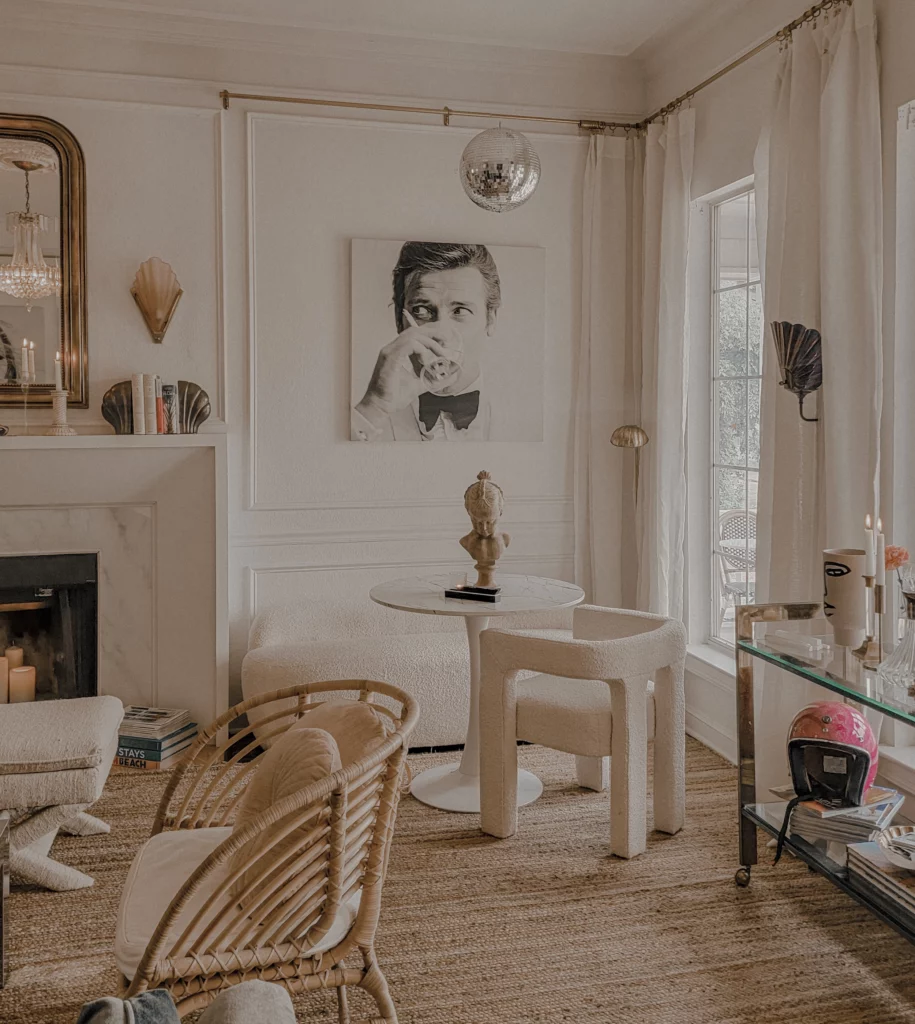
The Influence of Cultural and Personal Preferences
Colors do not have universal meanings – they are often tied to culture and personal experience. While black symbolizes elegance in some cultures, in others it can represent mourning or sadness.
Personal associations also play a role — someone may love blue because it reminds them of the sea, while for others, the same color might feel cold and uninviting. lične asocijacije, neko može voleti plavu jer ga podseća na more, dok drugima ta ista boja može biti hladna i odbojna.
That’s why it’s important to listen to your emotions, not just interior design trends, when choosing a rug.
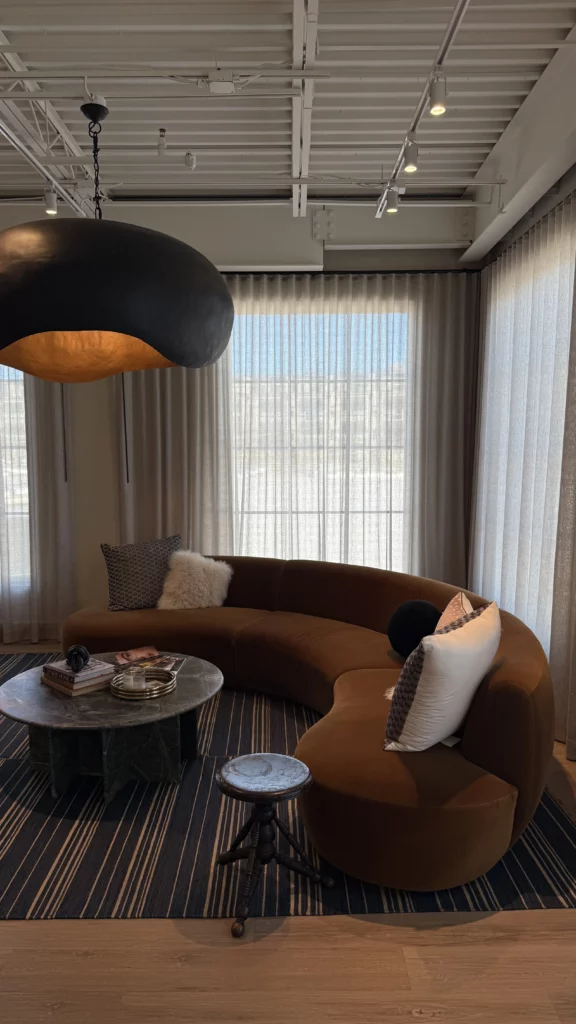
Common Mistakes When Choosing Rug Colors
Many people make unconscious mistakes when selecting rug colors:
- Ignoring natural light: Colors look completely different in spaces with plenty of daylight compared to rooms lit mainly by artificial light.
- Overly intense colors: Bright tones can quickly become tiring and create tension if they dominate the space.
- Lack of harmony: A rug in a completely different shade from the rest of the furniture can feel out of place in the interior.
Rug Color Trends for 2025
The latest trends show that 2025 will be marked by a combination of minimalism and bold expression:
- Popular shades:Earthy tones such as terracotta, olive green, and sandy beige.
- Bold combinations:Blue rugs paired with mustard-yellow décor or purple accents that add an artistic touch.
- Sustainable materials:Beyond color, there is growing attention to eco-friendly and natural materials.
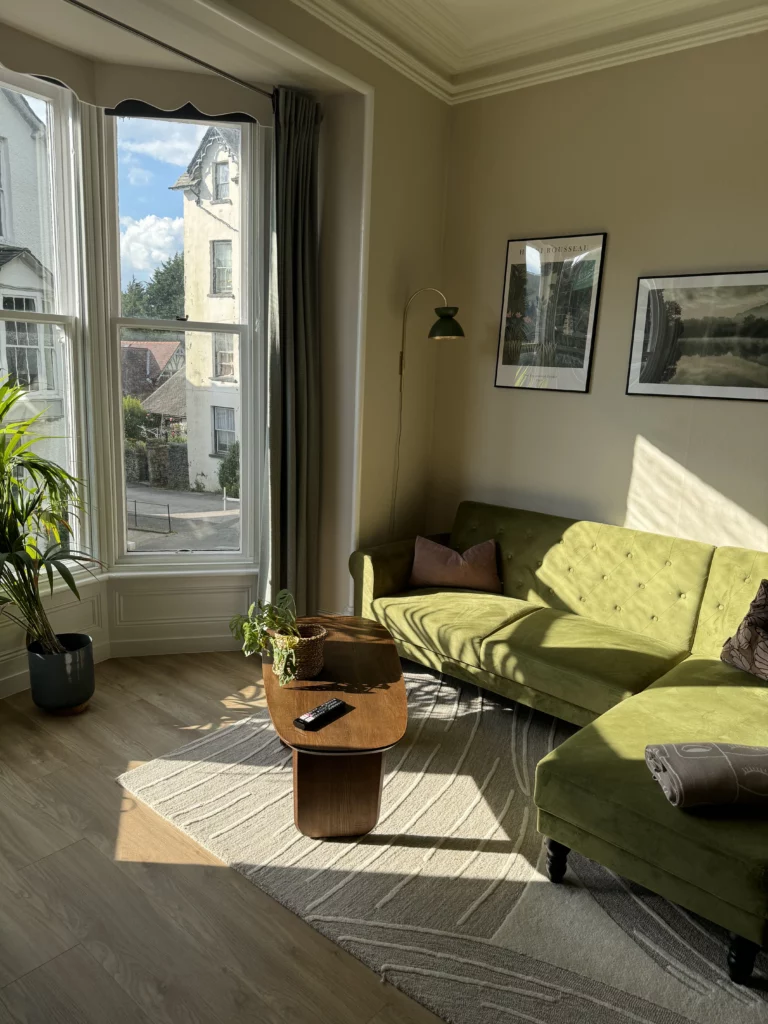
Expert Tips from Psychologists and Interior Designers
Combining psychological insight with design experience can help you make the best decision. Psychologists recommend choosing colors that positively influence your mood and daily life — not just what’s trendy — while designers suggest testing a rug sample in your space before buying. A color often looks quite different in a showroom than it does at home.
Color Psychology and Well-Being in Interior Design
Colors in interiors directly affect our well-being:
- Colors and sleep quality:Blue and green tones have been proven to improve rest and reduce insomnia.
- Colors and stress reduction:Pastel shades and neutral tones can create a sense of safety and tranquility.
That’s why it’s recommended to choose calming colors for bedrooms and relaxation areas, and energizing ones for workspaces.
FAQ – Frequently Asked Questions About Color Psychology in Interior Design
Does the color of a rug really affect mood?
Yes, numerous studies show that colors in a space can trigger specific emotional reactions and shape our behavior.
What is the best rug color for a small room?
Lighter shades such as beige, white, or light gray visually expand the space and make it feel more airy.
Which rug color helps reduce stress?
Pastel shades of blue and green are the most effective for creating a calm and relaxing atmosphere.
Is a black rug a good choice for an interior?
It can be an excellent option if you want a luxurious and elegant look, but it should be carefully matched with furniture and lighting.
Which rug color is easiest to combine?
Neutral tones like gray, beige, and cream are the most versatile and blend easily with various interior styles.
Is it better to follow trends or personal preferences when choosing rug colors?
The best approach is to combine both — follow trends only if they align with your personal taste and emotions.
If You’re Not Sure…
Color psychology in interior design shows that choosing a rug is not just an aesthetic decision — it’s a way to shape your emotions, energy, and daily life. The right shade can bring peace, warmth, or creativity, while the wrong color can cause restlessness or tension.
So choose your colors carefully — listen to your needs and take expert advice into account.
Our team of designers can help you select the perfect décor for your space. Visit our portfolio, get inspired, and discover how we’ve combined colors and textures to bring emotion into interior design.
For a consultation with an architect, visit the Interior Design team and schedule an appointment.



